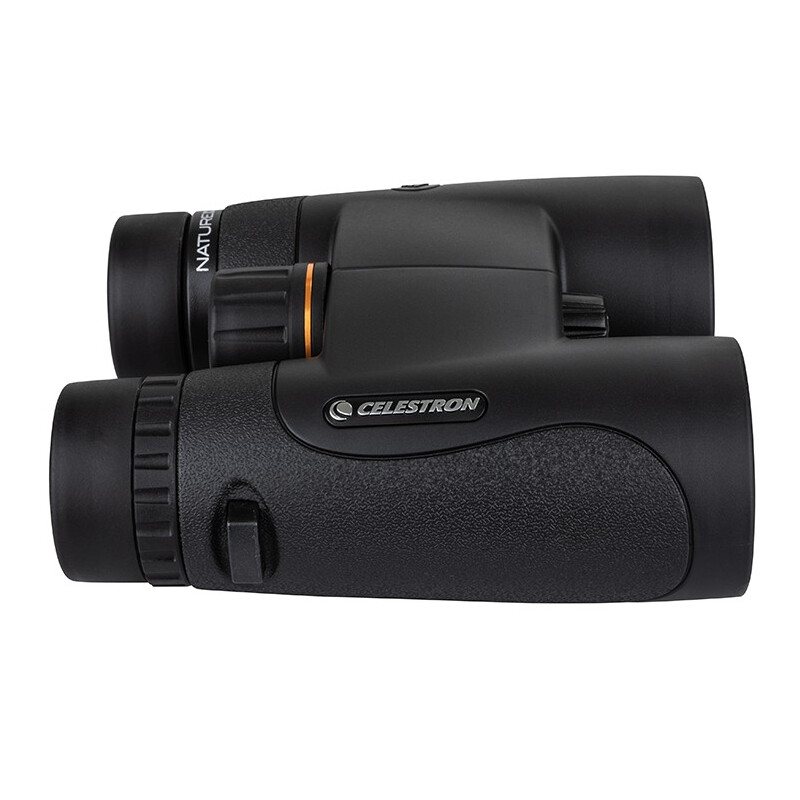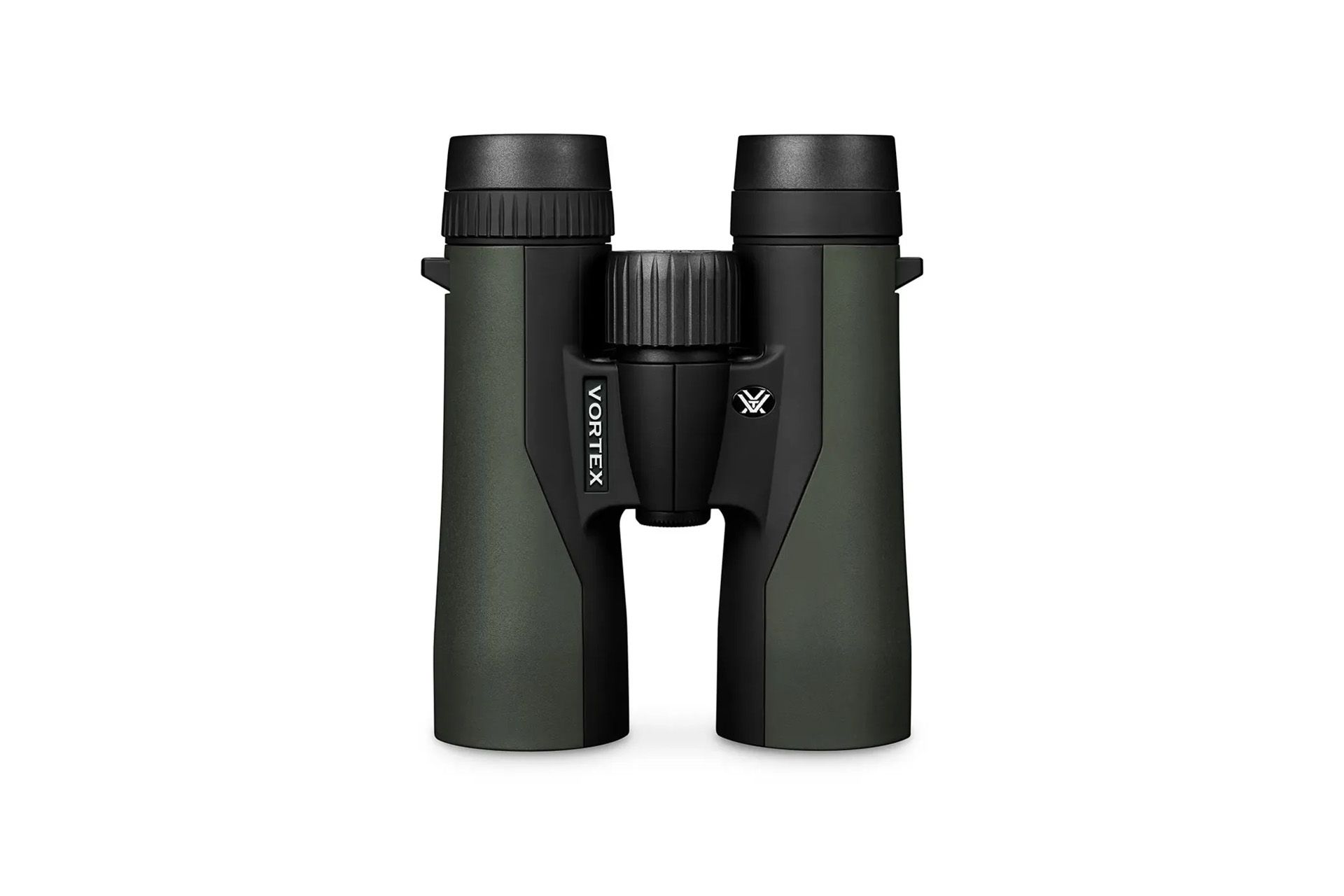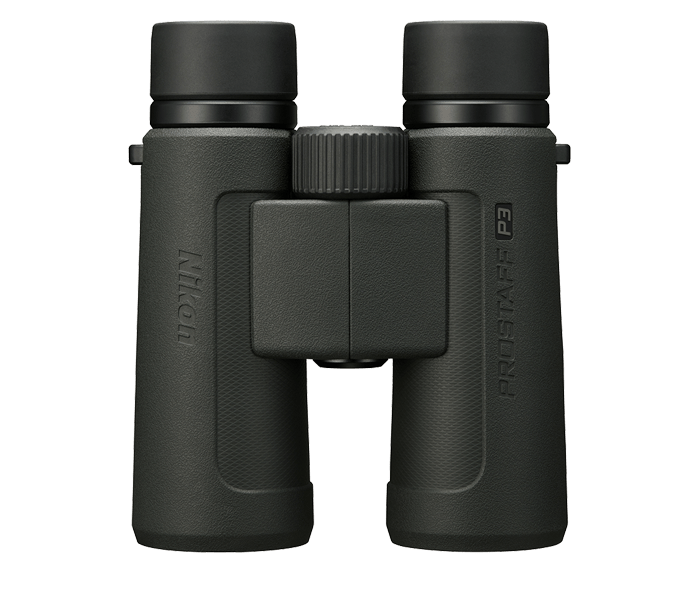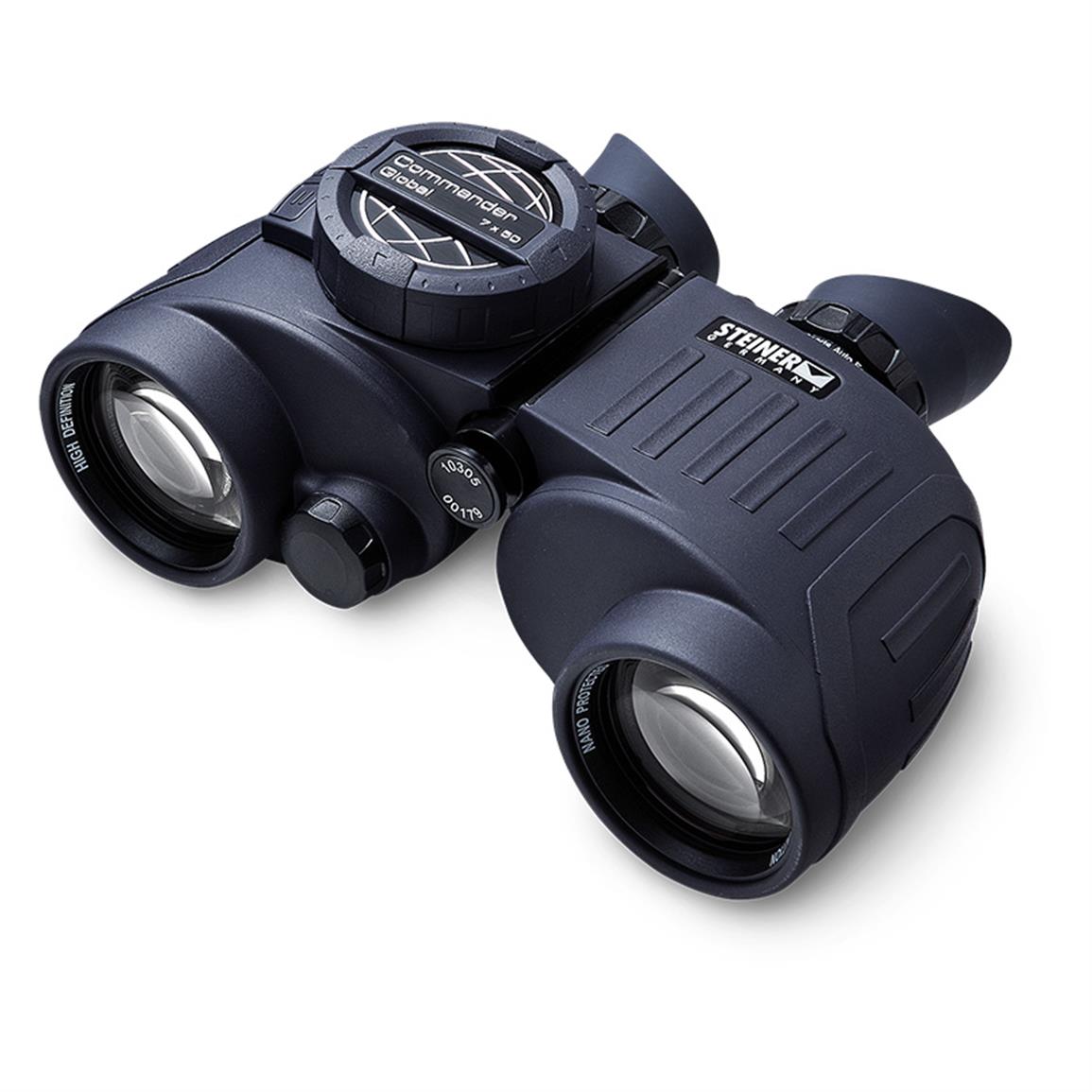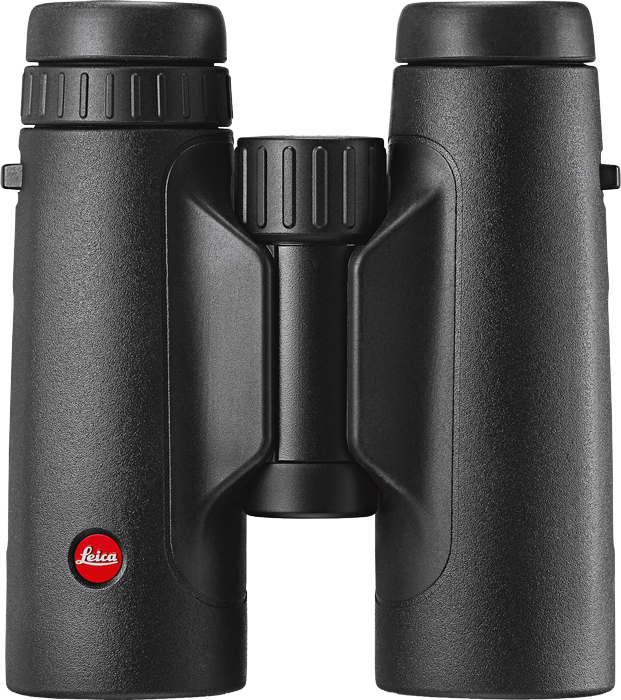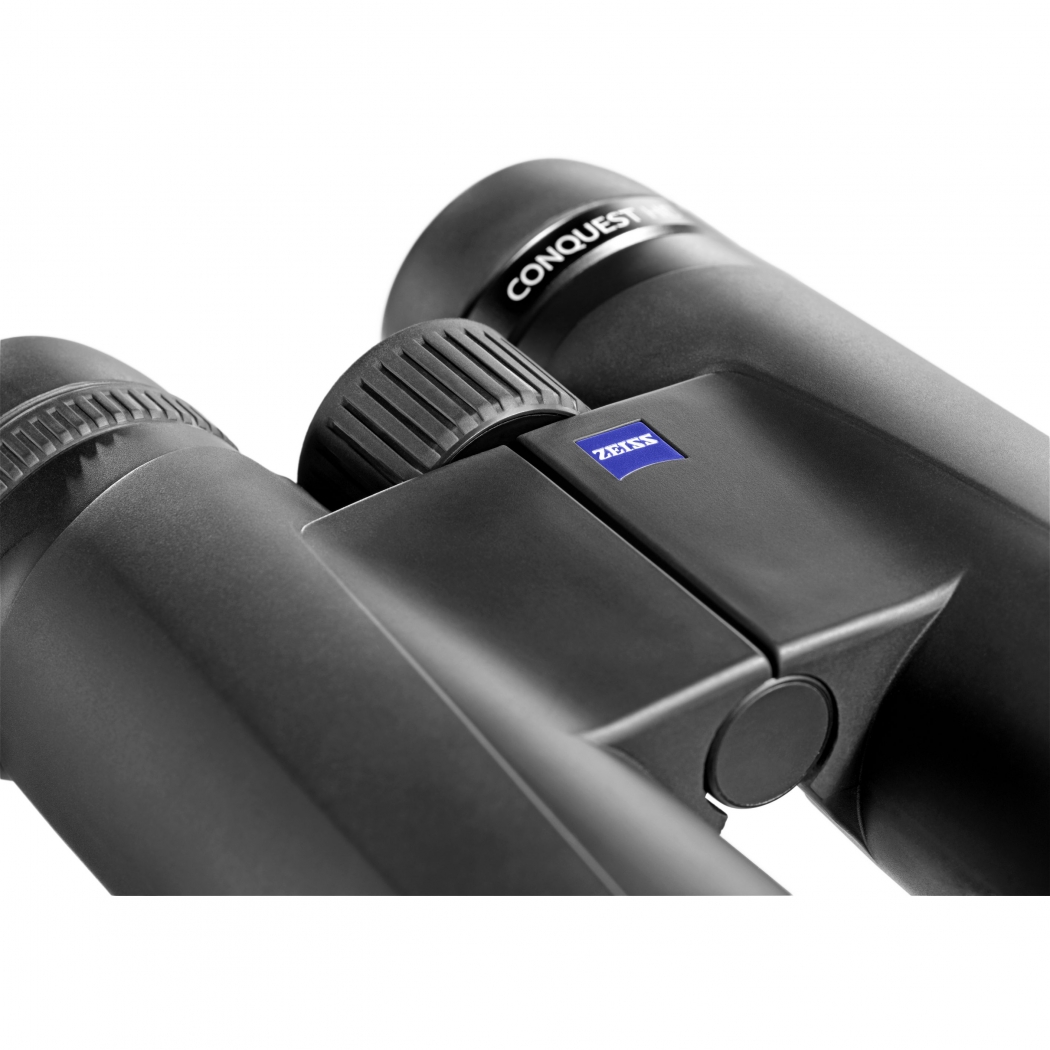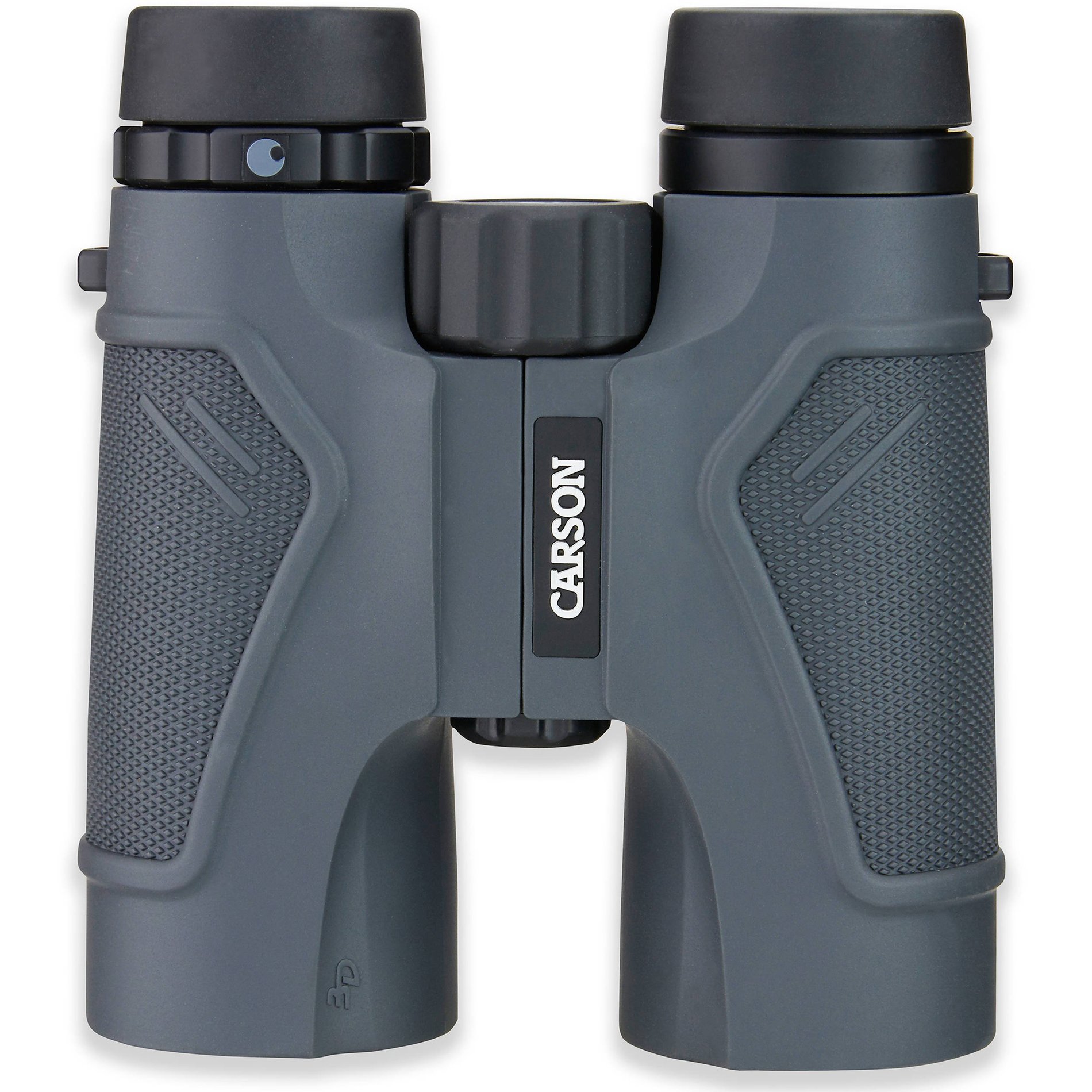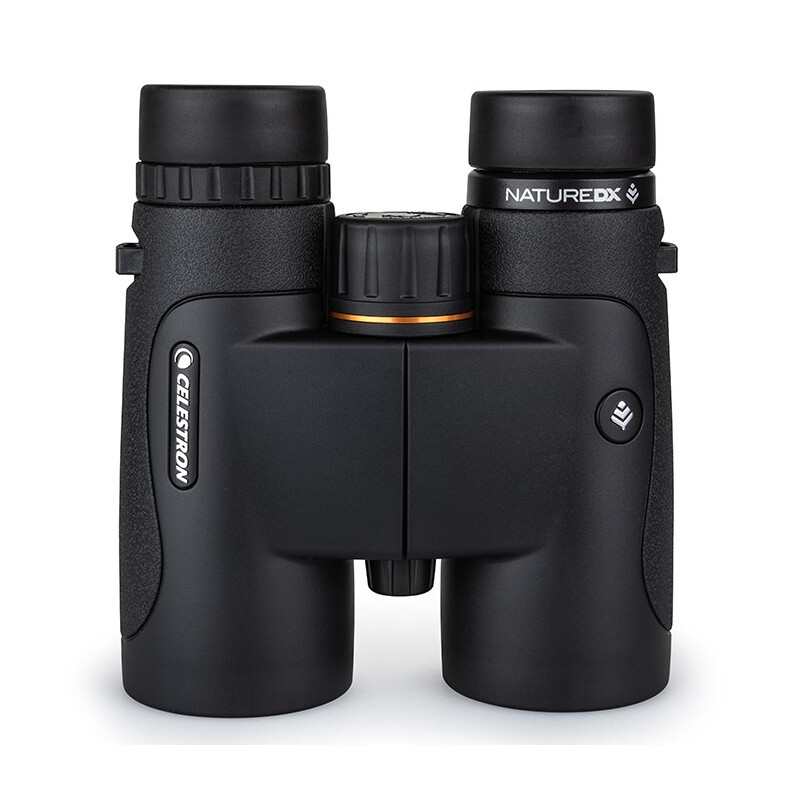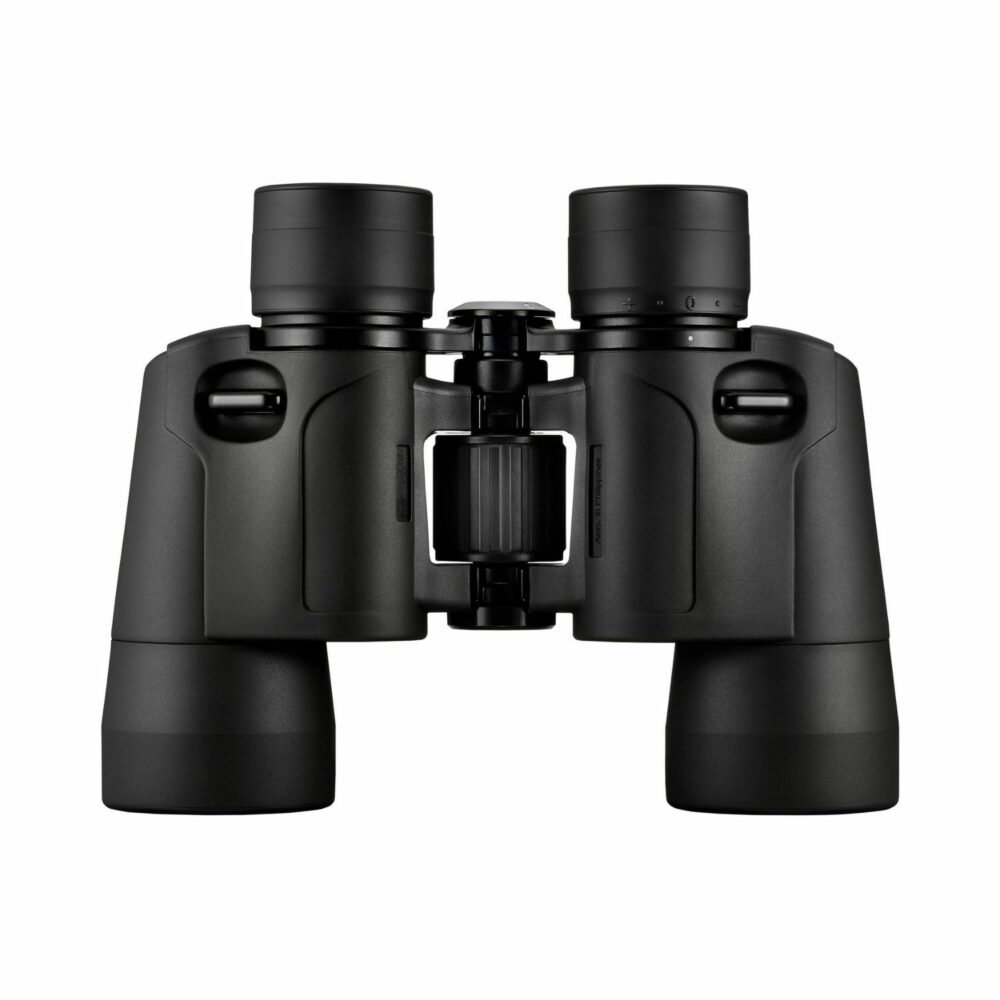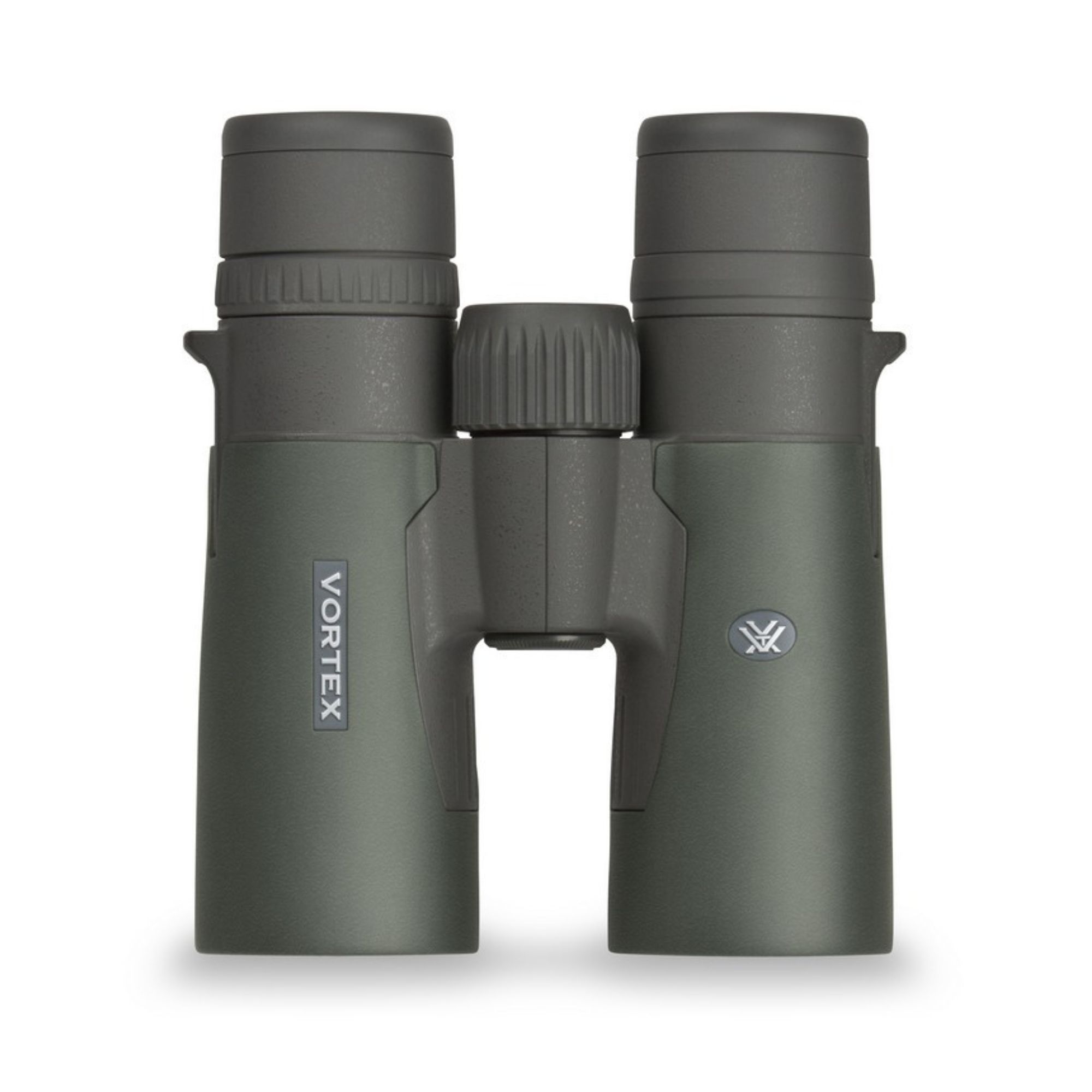Discover Pandipedia
Pandipedia is the world's first encyclopaedia of machine generated content approved by humans. You can contribute by simply searching and clicking/tapping on "Add To Pandipedia" in the answer you like. Learn More
Expand the world's knowledge as you search and help others. Go you!

Yes, Chrome is the most popular browser in the United States today. It is the leading browser on Windows PCs, with more users than any Microsoft browser, as indicated by the usage statistics in the sources[1][2].
Additionally, Google holds over 75 percent of search market share on Windows, which highlights Chrome's dominance in that environment despite Microsoft's Edge being the default browser[2]. This further confirms Chrome's popularity among users.
Let's look at alternatives:
- Modify the query.
- Start a new thread.
- Remove sources (if manually added).
- Request a manual search from our human research team.
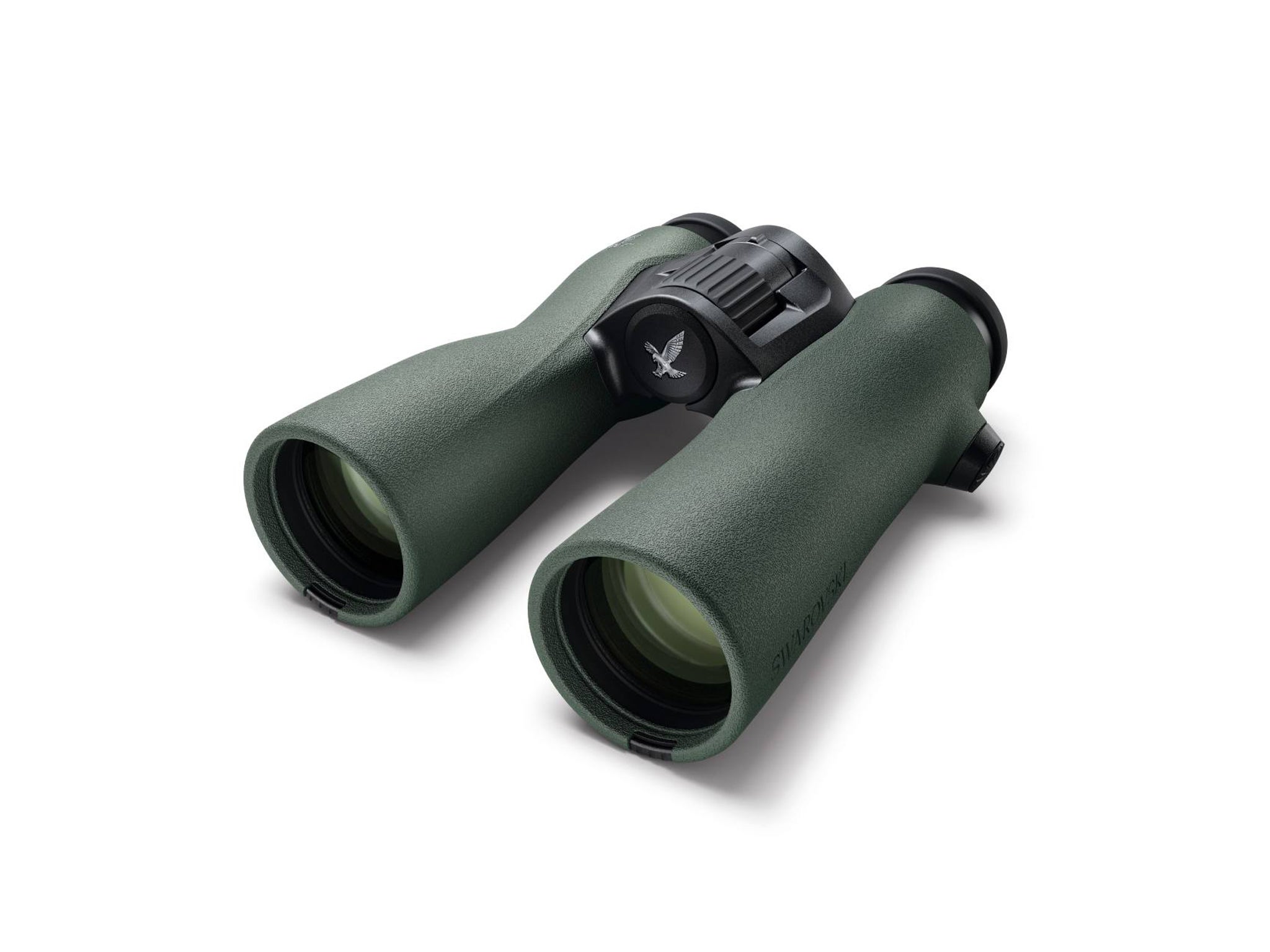
Swarovski NL Pure 10x42
Best birdwatching binoculars for expert birders, offering unmatched optics, ergonomics, and low-light performance with true-to-life color and excellent contrast[1].
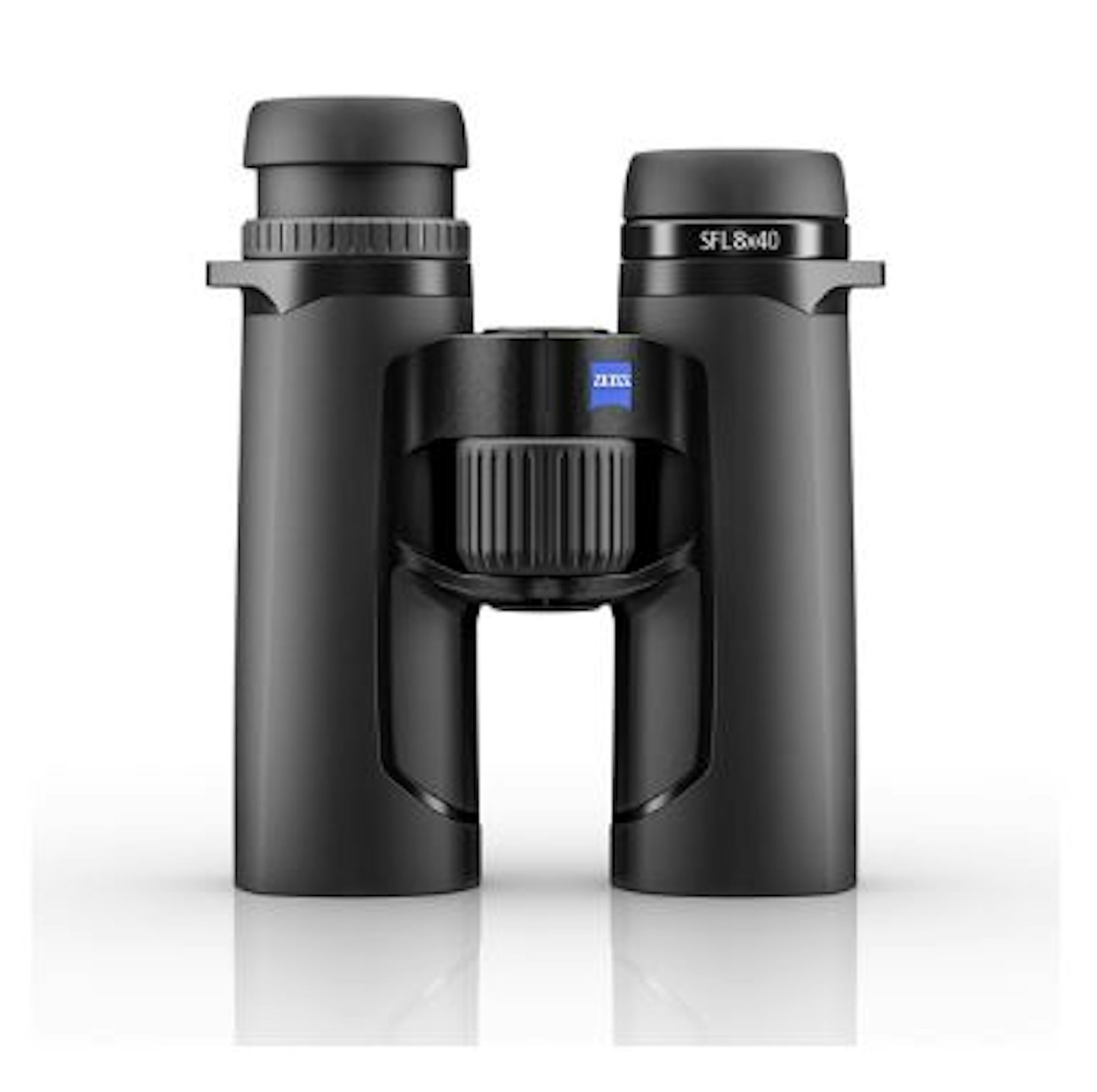
Zeiss SFL 8x40
Premium quality binoculars at a lower cost, featuring a bright image, lightweight design, and impressive field of view, ideal for all-round wildlife watchers[1].
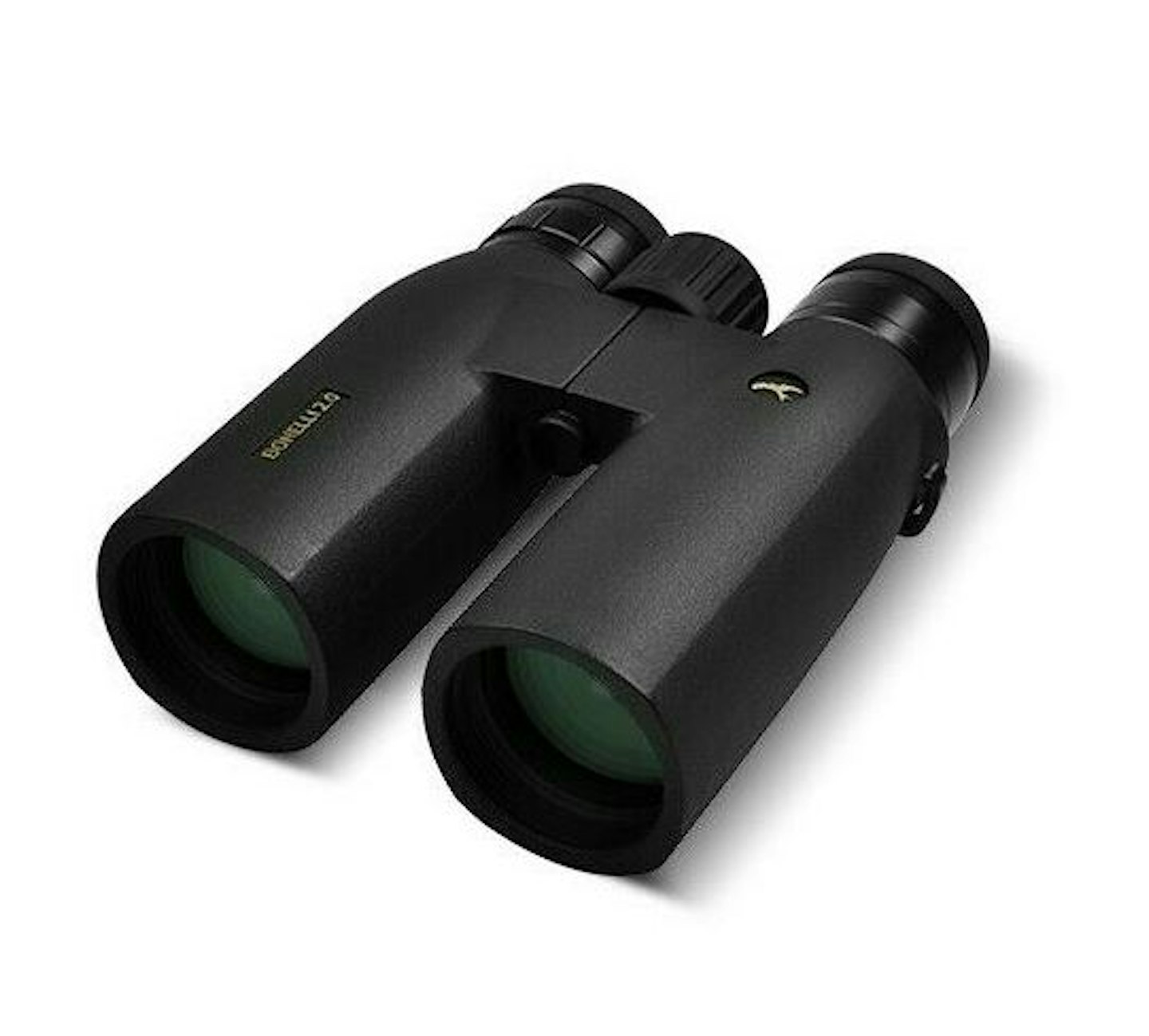
Kite Bonelli 2.0 8x42
Perfect for those stepping up from entry-level optics, offering a user-friendly design with crisp images and good low-light performance for under £1000[1].
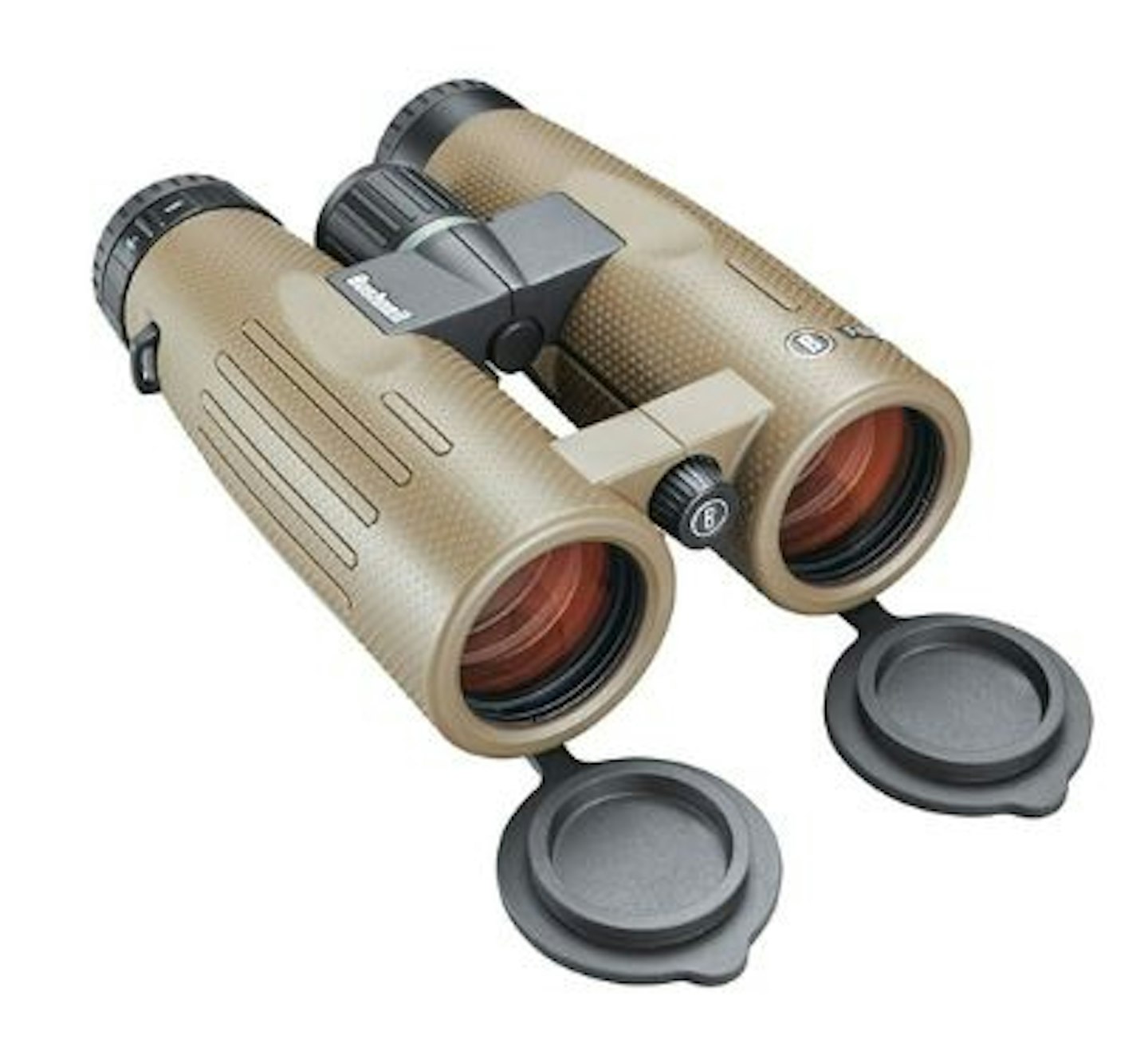
Bushnell Forge 10x42
A reliable mid-priced all-rounder that delivers excellent optical performance with a user-friendly design, perfect for transitioning from beginner binoculars[1].
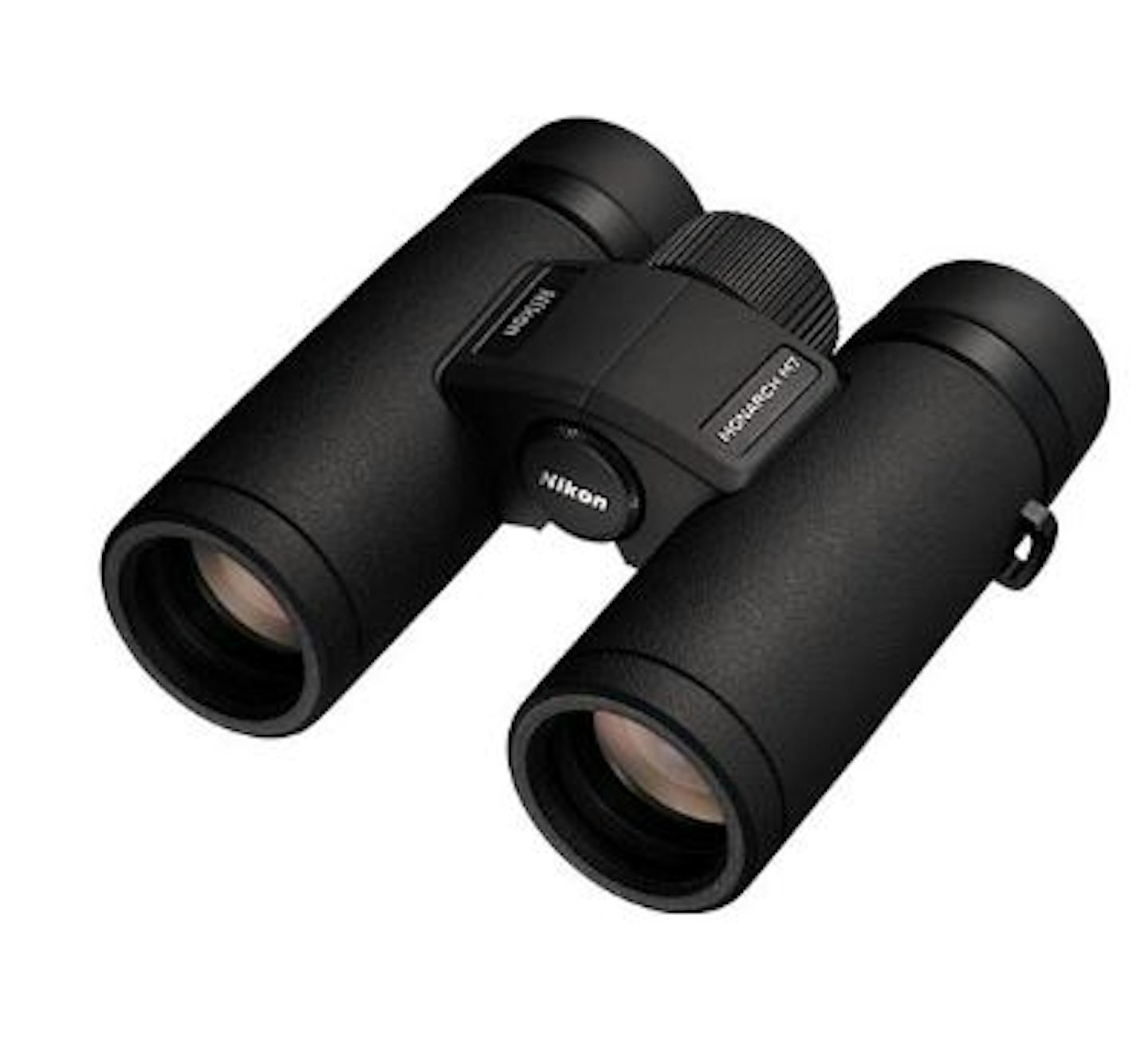
Nikon Monarch M7+ 8x30
Compact and light, these binoculars provide a bright image and superb close focus, making them a solid option for casual birders[1].

Hawke Frontier ED X 8x42
Budget-friendly ED binoculars with excellent optics and user-friendly design, suitable for beginners looking for their first quality pair[1].

Viking Peregrine 8x42
Excellent all-round binoculars with great optics and an impressive design, ideal for beginners and improvers alike[1].
Celestron Nature DX 8x42
Affordable and durable, these binoculars are highly rated as beginner-friendly, providing sharp and clear images with a close focus for detailed observation[3][7].
Vortex Diamondback HD 8x42
Outstanding value binoculars that offer bright, clear images, lightweight design, and durability for various outdoor activities[4][11].
Vortex Optics Crossfire HD 10x42
Offers good optical performance and rugged construction, making it suitable for those on a budget seeking quality[10][11].
Nikon Prostaff P3 8x42
Waterproof and fog-proof, these binoculars offer good optics for bird-watching with a comfortable grip and a wide field of view[3][10].
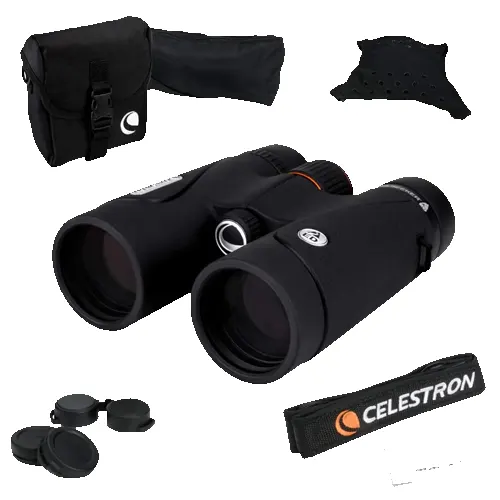
Celestron Trailseeker ED 10x42
Good for birdwatching with high-quality optics and a rugged design, providing excellent performance for its price[10].
Athlon Optics Midas 8x42
Offers high-quality optics with ED glass and rugged construction, perfect for those looking for good performance in various conditions[10].

Vanguard Endeavor ED II 8x42
Premium binoculars providing excellent image quality and lightweight design, suitable for birdwatching and other outdoor activities[10].
Steiner Marine 7x50
Reliable marine binoculars that provide brightness and clarity, designed to withstand tough outdoor conditions[10].
Leica Trinovid 8x42
Renowned for exceptional optical performance and build quality, delivering bright and clear images, suitable for serious birders[11].
Zeiss Conquest HD 8x42
Offers high-quality optics with excellent low-light performance, making them suitable for birdwatchers in various conditions[11].
Carson 3D 10x42
Highly regarded for its image quality and user-friendly design, perfect for capturing moments of wildlife at a distance[10].
Celestron Nature DX 10x42
Known for its quality and affordability, providing great value for birdwatchers who require durable and clear optics[9].
Pentax A-Series 10x25
A compact, lightweight option that provides good optics for close-range viewing, making it suitable for birdwatchers on the go[10].
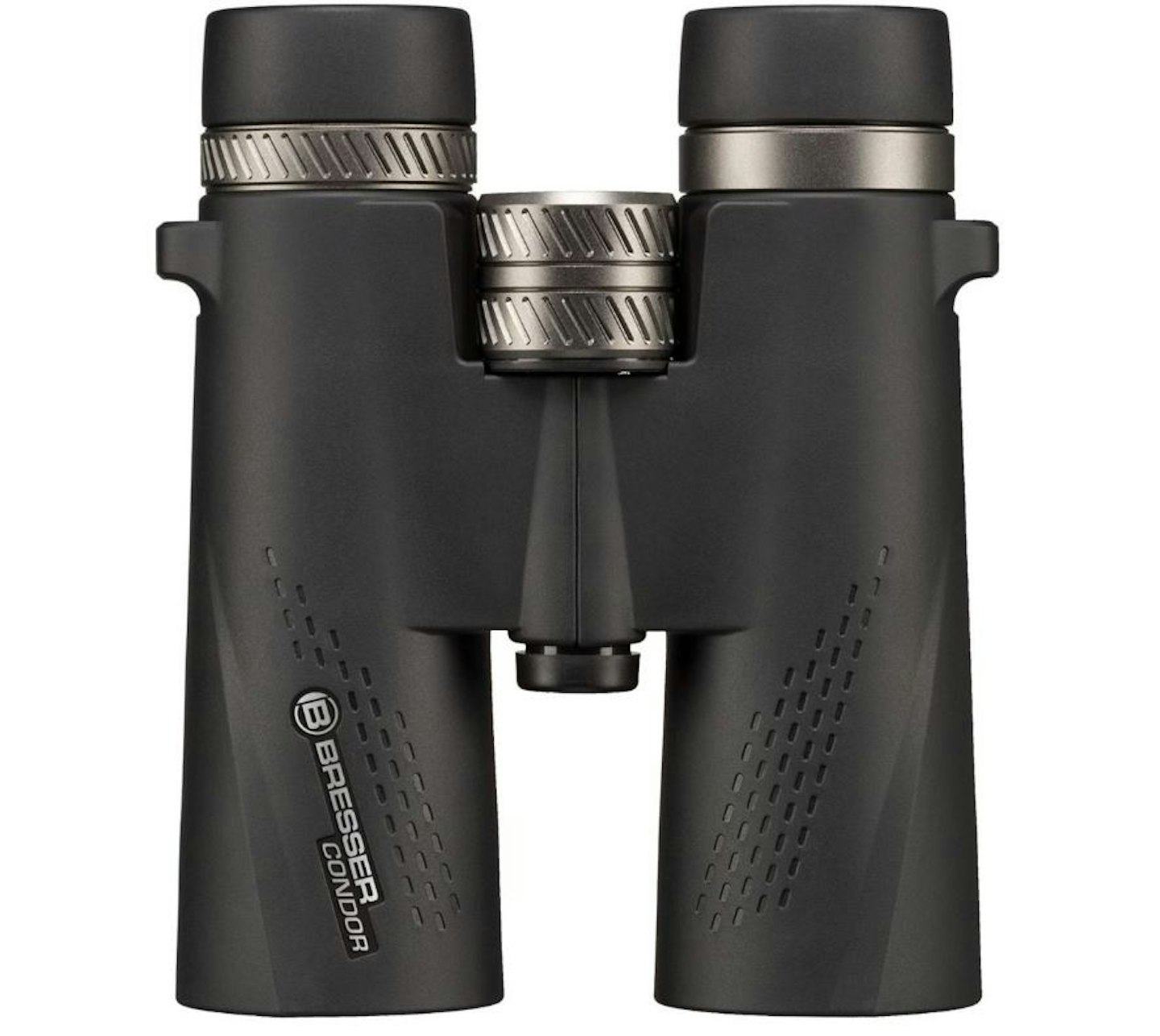
Bresser Condor 8x42
Affordable for beginners, these binoculars provide solid optics and usability for a variety of outdoor adventures[1][3].
Olympus 8x40
Provides good quality optics suitable for birdwatching with an ergonomic grip for comfortable prolonged use[9].
Vortex Razor HD 8x42
A premium choice offering exceptional optics and a lifetime warranty, perfect for birdwatchers who demand the best[11].
Let's look at alternatives:
- Modify the query.
- Start a new thread.
- Remove sources (if manually added).
- Request a manual search from our human research team.
Get more accurate answers with Super Search, upload files, personalised discovery feed, save searches and contribute to the PandiPedia.
Let's look at alternatives:
- Modify the query.
- Start a new thread.
- Remove sources (if manually added).
- Request a manual search from our human research team.
The Perilous Context and Early Proposals
The Bell Rock, a sunken reef lying about eleven miles from the shore, posed a significant threat to mariners on Scotland's eastern coast, particularly those navigating towards the Firths of Forth and Tay[1]. Its position and submerged nature made it a dreaded hazard, leading to frequent shipwrecks and loss of life[1]. This dangerous situation prompted numerous proposals for establishing a distinguishing mark on the rock, but the difficulty of the task and the lack of adequate resources initially hindered progress[1]. The exposed location of the Bell Rock presented unique construction challenges that required innovative solutions[1].
Initial Designs and Setbacks
Early designs for the lighthouse included a cast-iron structure supported by pillars, a concept championed by Captain Joseph Brodie[1]. However, this design faced skepticism due to concerns about its ability to withstand the force of the sea and potential damage from vessels[1]. The Commissioners of the Northern Light-houses, responsible for overseeing the project, also considered a design submitted by Mr. Cooper[1].
The author's first visit to the Bell Rock occurred in 1800[1]. A pillar-formed building was compared to one of stone[1]. Mr. Telford was requested to give a design[1]. The loss of Lord Advocate Hope's Bill in the House of Lords in 1803, as well as limited funds, further delayed the project[1]. These initial setbacks necessitated a more strategic approach to secure funding and refine the design[1].
Rennie's Involvement and Securing Parliamentary Approval
Faced with the daunting task, the Light-house Board consulted Mr. Rennie, who visited the rock with Mr. Hamilton and the author[1]. The Commissioners sought input from various ports, including Leith and Berwick, before reapplying to Parliament[1]. Lord Advocate Erskine's Bill in 1806 marked a turning point[1]. Mr. Hamilton and the author went to London to handle this business[1]. Securing a loan from the government proved challenging, but support from the Board of Trade and the efforts of Sir Joseph Banks were instrumental in moving the bill forward[1]. Despite some opposition during the third reading, the bill ultimately passed, paving the way for the construction of the light-house[1].
Innovations in Construction and Materials
The Bell Rock Light-house project saw the implementation of several key innovations[1]. Recognizing the limitations of previous light-house designs, the decision was made to construct a solid stone tower, similar to the Eddystone Light-house, but adapted to the unique challenges presented by the Bell Rock[1]. This design choice prioritized stability and durability, essential for withstanding the relentless force of the sea[1].
Granite was resolved as the primary construction material with a composition of lime, pozzolano, sand, water and cement, with oaken trenails and wedges[1]. Preparations were made, and restrictions were lifted to extend the quality sandstone[1]. To protect the structure against the elements, the stones were connected using dove-tail joints and secured perpendicularly using oak trenails and wedges[1]. The use of granite and pozzolano mortar was itself an innovation, carefully chosen for their ability to withstand constant exposure to seawater[1].
Overcoming Logistical Hurdles
The remote location of the Bell Rock, situated eleven miles offshore, presented significant logistical hurdles[1]. Transporting building materials and personnel to the rock required careful planning and execution[1]. Floating lights were used, and praam-boats were used for the service[1]. Railways and cranes also played a crucial role[1]. To improve the process, praam-boats, railways, and sheer cranes were designed to make the processes easier[1].
Triumph Over Adversity and a Lasting Legacy
Despite the numerous challenges, the Bell Rock Light-house stands as a testament to human ingenuity and perseverance[1]. The completed structure not only improved safety for mariners but also served as a symbol of Scotland's maritime prowess[1]. Its completion marked an important milestone in lighthouse construction, influencing future designs and engineering practices[1]. The completed Light-house contains details of expence, quantity of materials and workmanship connected to the work[1].
Let's look at alternatives:
- Modify the query.
- Start a new thread.
- Remove sources (if manually added).
- Request a manual search from our human research team.
Let's look at alternatives:
- Modify the query.
- Start a new thread.
- Remove sources (if manually added).
- Request a manual search from our human research team.

GPT-4o achieved the highest humor score among models for English datasets[3]. Clean Dataset achieved the highest humor score in Russian, followed by GPT-4o[3]. In a study, HumorSkills captions were rated only 0.08 points lower on a 5-point scale than top-rated human captions, with p=0.053[1]. This makes HumorSkills not statistically less funny than the best human captions[1].
The HumorSkills system was rated as significantly funnier than the VLM baseline, GPT-4o[1]. The study also showed that GPT-4 is capable of explaining the mechanics of jokes[2]. Another study's results indicated that humor is rooted in the frontal lobe of the cerebral cortex[4].
Let's look at alternatives:
- Modify the query.
- Start a new thread.
- Remove sources (if manually added).
- Request a manual search from our human research team.
Get more accurate answers with Super Search, upload files, personalised discovery feed, save searches and contribute to the PandiPedia.
Let's look at alternatives:
- Modify the query.
- Start a new thread.
- Remove sources (if manually added).
- Request a manual search from our human research team.

Freight transport has significant environmental consequences, primarily due to its substantial greenhouse gas (GHG) emissions, which contribute to both climate change and air quality deterioration. Understanding these impacts is crucial for devising effective strategies to mitigate them.
Greenhouse Gas Emissions

The transport sector is a major contributor to global GHG emissions, accounting for approximately 26% of the UK’s total emissions in 2021, where domestic transport alone emitted 109 million tonnes of CO2 equivalent. This figure reflects a 10% increase from 2020, though it remains below historical levels. Road vehicles are particularly notorious, generating 91% of domestic transport emissions, which primarily come from cars, taxis, heavy goods vehicles (HGVs), and vans[3]. Freight transport, including both domestic and international shipping, is a significant component of this overall impact, with estimates indicating that logistics emissions from freight and warehousing account for at least 7% of global GHG emissions[6].
Transport emissions further vary by mode, with studies indicating that passenger cars emit more GHGs per passenger mile than trains and coaches, highlighting the efficiency of transport modes in the context of emissions per distance travelled[3]. This raises concerns about the environmental efficiency of traditional freight methods compared to potentially greener alternatives.
Air Quality Deterioration

In addition to contributing to GHG emissions, freight transport significantly affects local air quality. It produces substantial quantities of air pollutants, including nitrogen oxides and particulate matter. In the UK, transport was responsible for 32% of nitrogen oxide emissions and 14% of particulate matter emissions in 2021[3]. These pollutants pose serious health risks and contribute to environmental degradation, exacerbating issues such as smog and respiratory diseases in urban areas.
The Role of Infrastructure

The efficiency of freight transport is intrinsically linked to the condition and management of transportation infrastructure. The European Commission has proposed measures to improve rail infrastructure management. These proposals aim to optimize the use of rail capacity, consequently attracting more freight companies to rail transportation—an inherently greener option compared to road transport[5]. Improved rail efficiency not only reduces emissions but also minimizes congestion, which is another contributor to increased transport-related emissions.
Decarbonization Challenges
Despite the recognition of the environmental impacts of freight transport, the sector has been slow to implement comprehensive decarbonization strategies. Decarbonization necessitates addressing 'Scope 3' emissions, which are indirect emissions from a company’s supply chain, particularly from logistics activities. Many companies are beginning to integrate green shipping into their logistics programs, with over 70% willing to pay more for environmentally friendly shipping services[6]. However, many still lag in setting and achieving decarbonization targets; a McKinsey survey revealed that nearly half of companies have no formal decarbonization goals in place[6].
Carriers are often hesitant to invest in low-carbon shipping solutions due to uncertainties surrounding new technologies and a lack of immediate, high-quality supply. Many traditional freight methods face increased pressure to adopt sustainable technologies, but initial costs and technological readiness remain significant barriers[6]. The shift towards greener alternatives, such as electric trucks or sustainable aviation fuels, requires substantial upfront investment and collaboration across the supply chain to be viable.
Innovative Solutions
Innovative solutions, such as the Blue Visby Solution, aim to enhance shipping efficiency by reducing waiting times at ports and optimizing sailing speeds. This approach has reportedly resulted in CO2 emissions reductions of between 7.9% and 28.2% for vessels participating in trials[7]. Additionally, as global organizations increasingly demand sustainability in supply chains, there are emerging practices to better align shipping operations with sustainability goals. For example, intermodal transport, which integrates multiple transport modes, can improve efficiency and reduce emissions by consolidating shipments and optimizing routes[5][6].
Conclusion
Freight transport has profound environmental impacts, driven primarily by greenhouse gas emissions and air pollutants. The sector faces challenges in implementing decarbonization due to uncertainties surrounding new technologies and investment costs. However, with initiatives aimed at optimizing freight methods and enhancing infrastructure efficiency, there is potential for significant reductions in the environmental footprint of freight transport. Efforts such as promoting rail transport, adopting innovative logistics solutions, and compelling companies to integrate sustainability into their operations are critical for achieving meaningful progress in reducing transport emissions and improving air quality.
Let's look at alternatives:
- Modify the query.
- Start a new thread.
- Remove sources (if manually added).
- Request a manual search from our human research team.
Let's look at alternatives:
- Modify the query.
- Start a new thread.
- Remove sources (if manually added).
- Request a manual search from our human research team.

Web development frameworks started to gain popularity around the mid-2000s with the release of jQuery in 2006, which simplified tasks like DOM manipulation and event handling[5]. Subsequently, frameworks such as AngularJS in 2010, React in 2013, and Vue.js in 2014 further contributed to the rising trend of using frameworks to improve code structure, performance, and user experience[1][3]. Additionally, the emergence of CSS frameworks like Blueprint, 960, YUI Grids, and YAML, as well as the release of Bootstrap in 2011 and Foundation in the same year, played a significant role in popularizing web development frameworks and making grid systems more accessible to designers and developers[2]. Overall, the adoption of web development frameworks has offered various benefits such as reducing development time, standardization, easier portability, responsive design, improved security, scalability, sustainability, and community support[4].
Let's look at alternatives:
- Modify the query.
- Start a new thread.
- Remove sources (if manually added).
- Request a manual search from our human research team.
